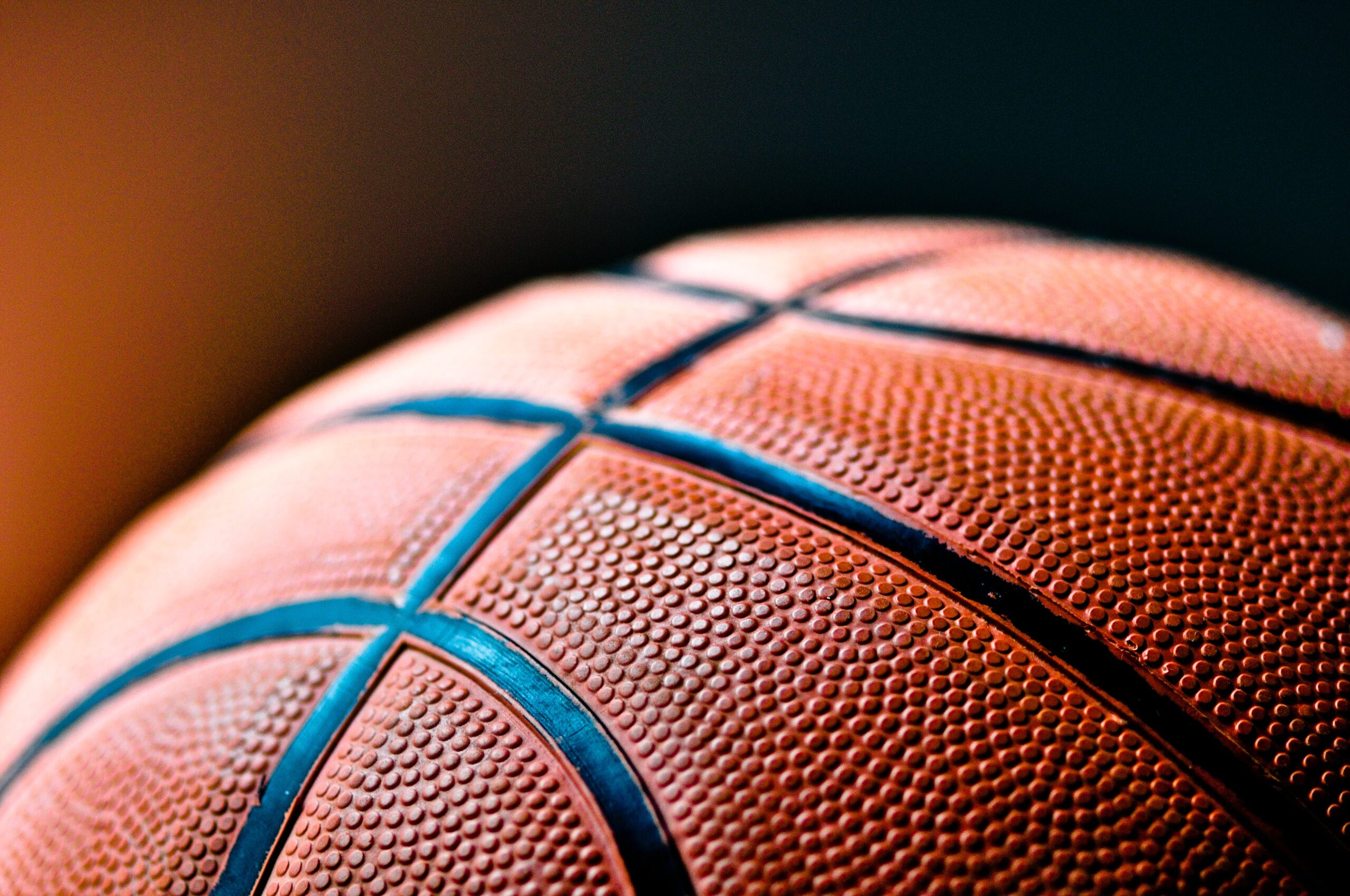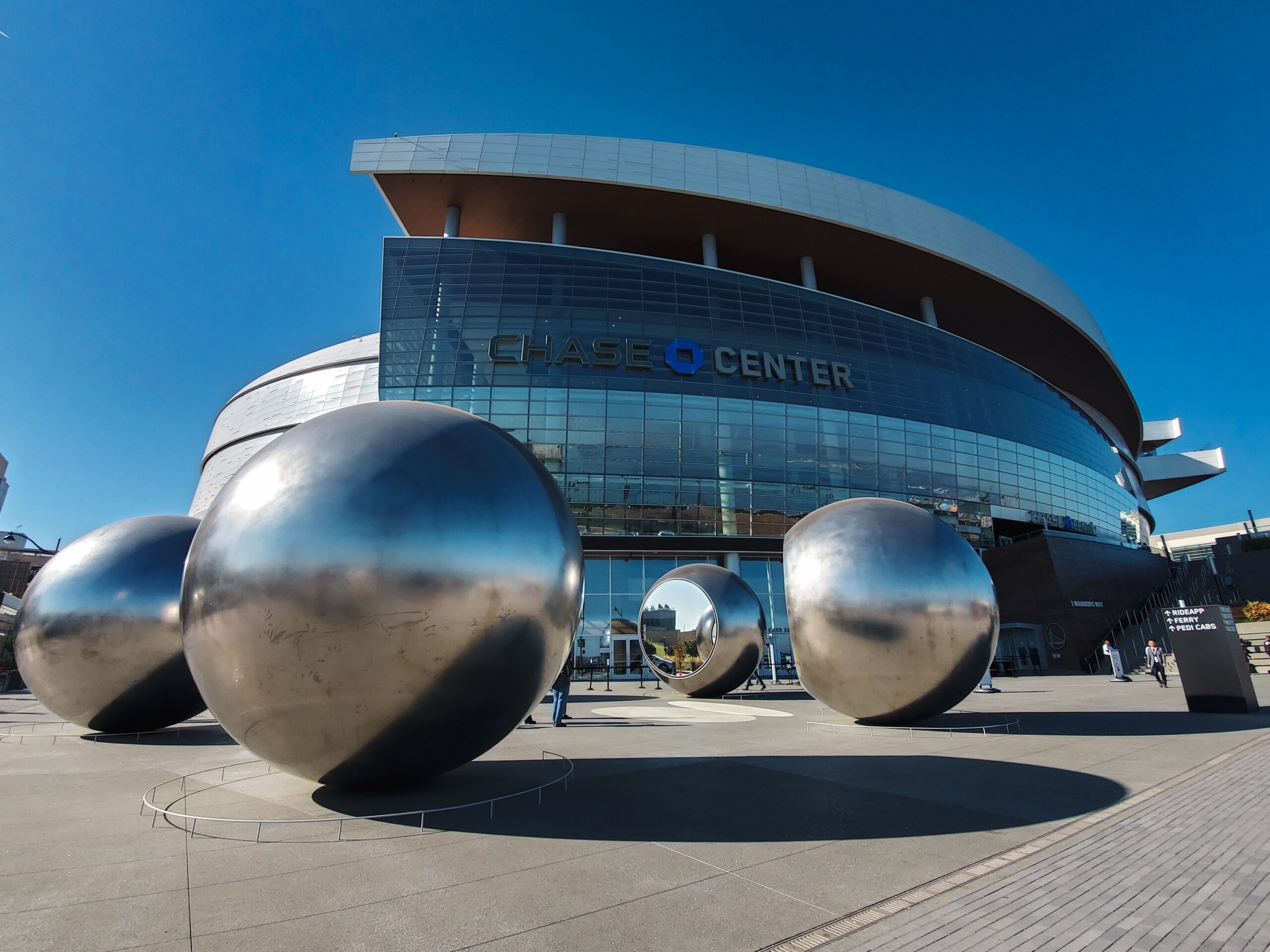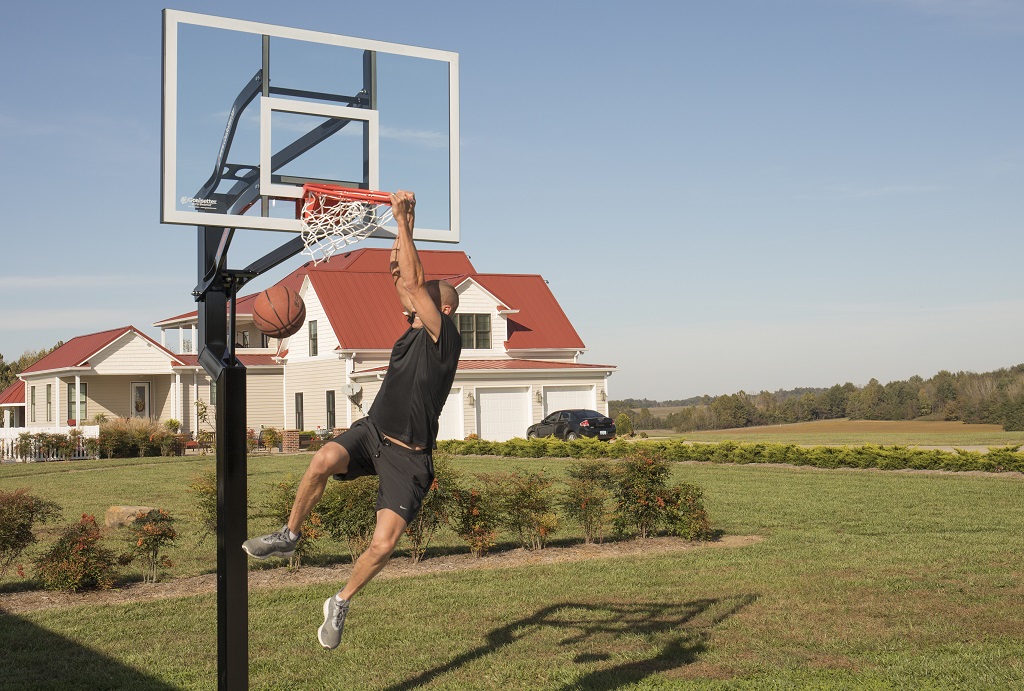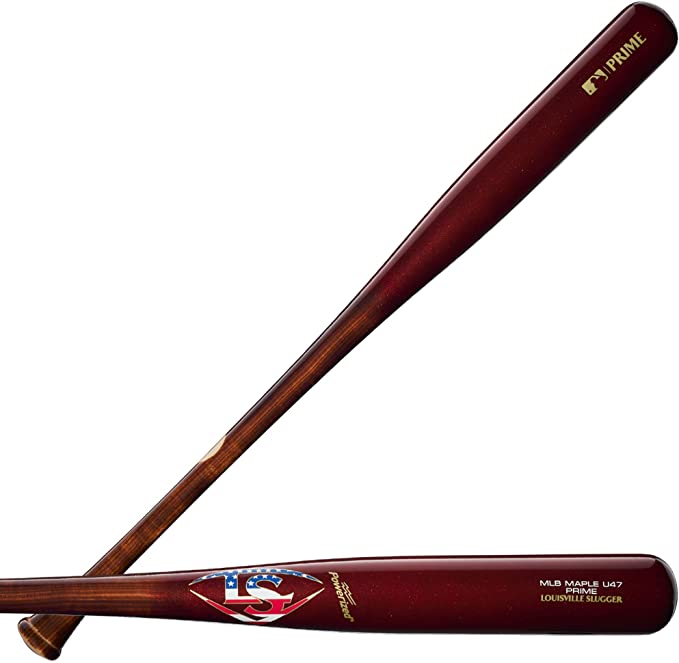Basketball is a contact sport, which means players will encounter some degree of skin-to-skin interaction. For the most part, the official rules of this sport disallow participants from mistreating other players in the court. If so, referees may call out the player who did the misdeed for a personal foul. If an NBA player exceeds the maximum number of personal fouls, that individual will be ejected from the game.
Personal fouls are misbehaviors, either intentional or unintentional, wherein players make illegal physical contact with another player while actively playing on the court. These misconducts may come from the hands or any part of the body to impair movement and deliberately yet unjustly prevent opposing teams from scoring.
Both beginner and veteran basketball players should understand personal fouls to avoid getting ejected from the court. Continue reading to take a deep dive into personal fouls and other possible misconducts in this sport.
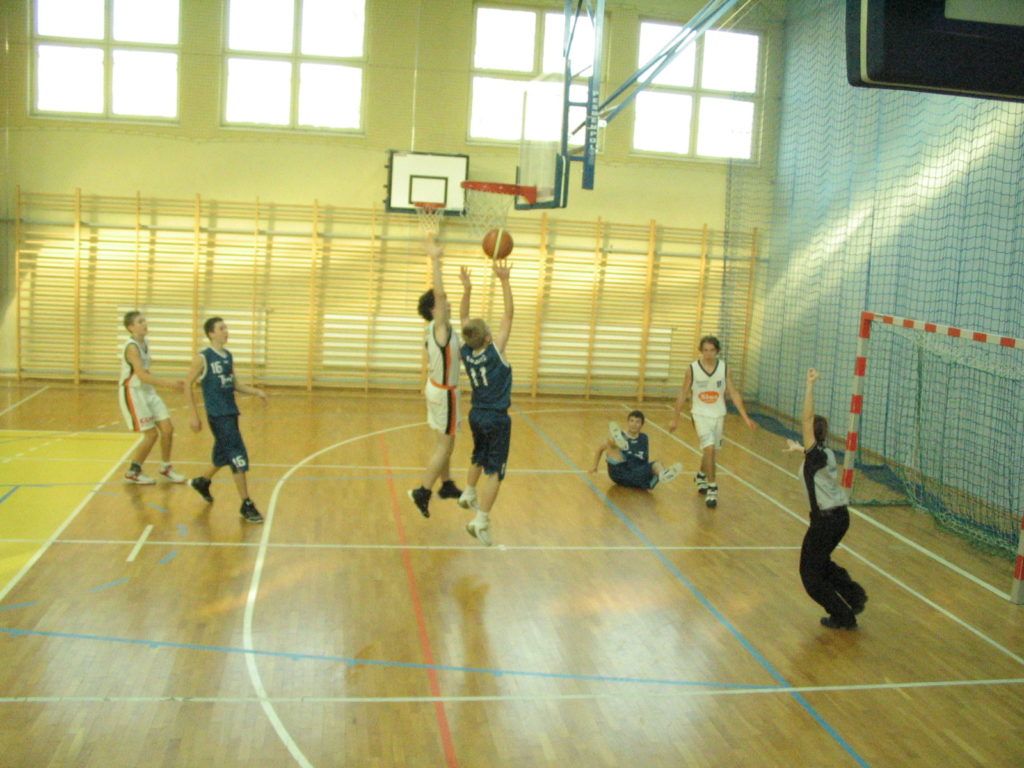
A personal foul in basketball happens when a player intentionally or unintentionally prevents an opposing player from performing another activity while on the court. This violation can happen regardless if the player is performing offensively or defensively.
As per the official NBA rules under Category B, Section I – Types, it states:
“A player shall not hold, push, charge into, impede the progress of an opponent by extending a hand, arm, leg, or knee or by bending the body into a position that is not normal. Contact that results in the re-routing of an opponent is a foul which must be called immediately.”
So what are the actions perceived as personal fouls? Here are some examples:
- Deliberate or indeliberate pushing
- Deliberate or indeliberate charging or running to an opposing player
- Deliberate or indeliberate holding an opposing player
Also, any action that would impede another player, especially if the individual is from the opposing team, from doing an action. These may include tripping or doing actions meant for bodily harm.
Most of the time, personal fouls will result in free throws awarded to the opposing team. The player who received the action will most likely be the individual that will perform the free throw.
What are Personal Foul Exceptions?
The high-paced actions of basketball may result in unintentional movements that referees will not consider as personal fouls. These actions include, but are not limited to, skin-to-skin contact to the forearm, hands, or body (when using the body or also known as a body check).
For example, a defending player applies contact to the forearm of an opposing team’s offensive player that’s holding the ball. The offensive player has his back shown to the basket. Further, both players are standing below the free-throw line. At this point, the referee will not deem the action as a personal foul.
Another example is when a player places his hand against an offensive player’s body accidentally because of high-paced movements. If the action did not affect the offensive player’s balance, rhythm, and/or speed, then the defending player will not receive a personal foul.
How Many Personal Fouls Can NBA Players Receive Before Ejection?
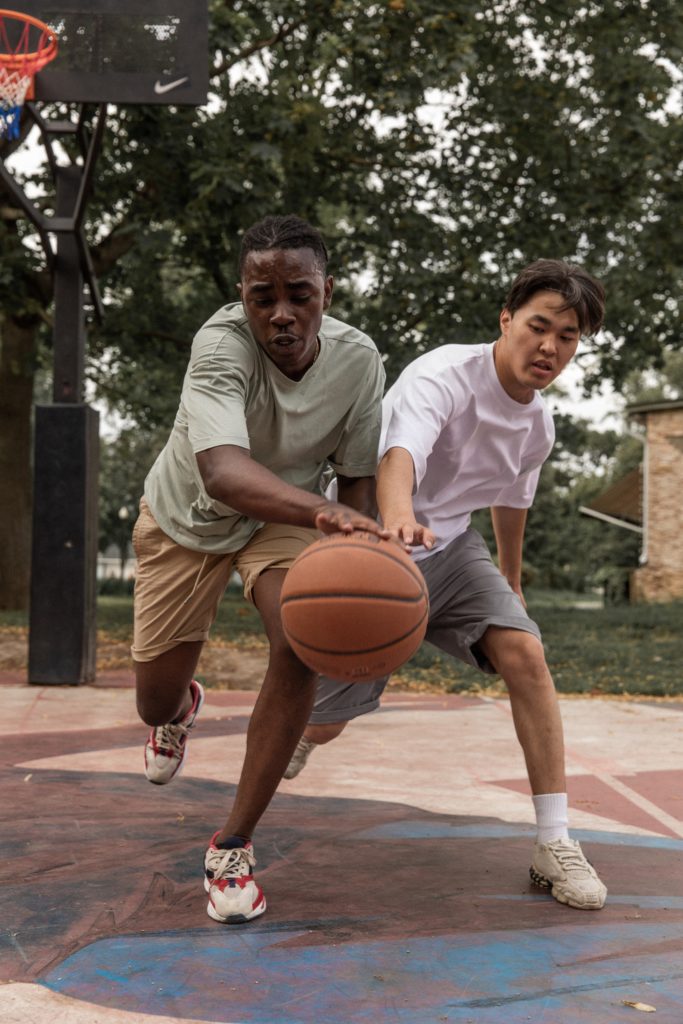
Each NBA player can only incur up to a maximum of six personal fouls. If the said individual did another foul after the sixth, that player will be ejected from the game. In other words, that player can no longer join in on the action for the rest of the game.
The Difference Between Personal, Technical, and Flagrant Fouls
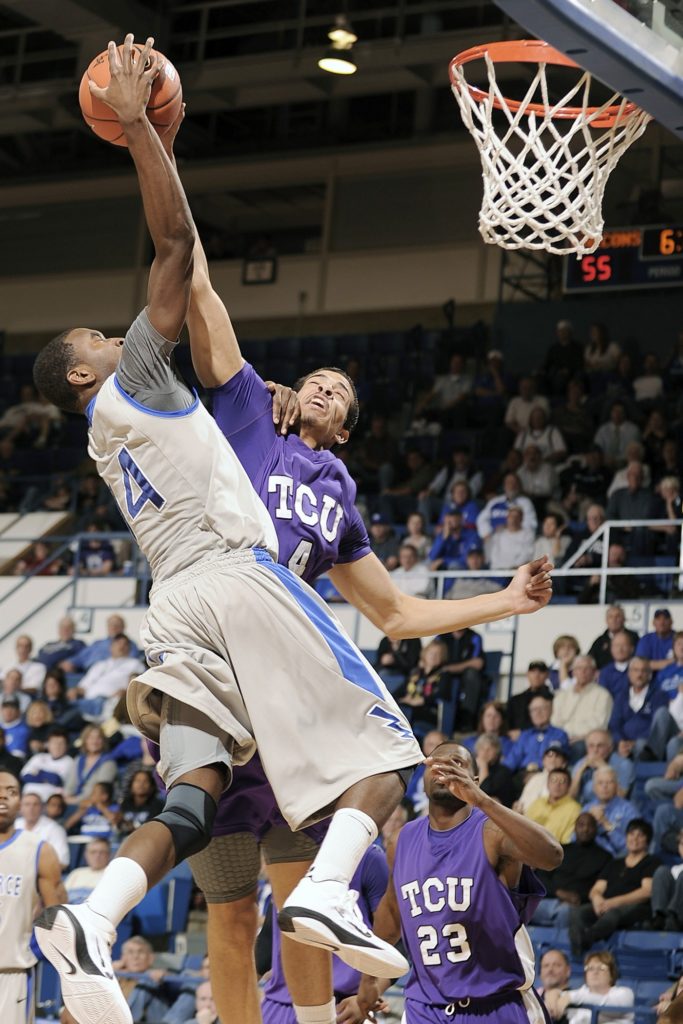
Think of personal fouls to be the lowest type of foul since basketball associations allow players to have six of these penalties before fouling out. Therefore, if a player has one or two personal fouls, that participant should try to make sure that their actions won’t create further trouble for themselves and their teammates.
A technical foul is more serious than a personal foul. Technical fouls are unsportsmanlike conduct by players that are on or off the court. For example, a benched player disagrees with the actions done by an actively playing opposing participant. Out of anger, the benched player starts to move forward towards the opposing individual despite the warnings of the referee. If this event happens, the angry player will receive a technical foul.
Both personal and technical fouls add to the same maximum number of fouls. In other words, one player can receive four personal fouls and two technical fouls. If the basketball player makes another foul, regardless if it’s personal or technical, that individual will be ejected from the game. But keep in mind that any player can have a maximum of two technical fouls.
However, flagrant fouls are more severe than personal or technical fouls. These actions can cause players to be forcefully ejected from the game without any questions asked, depending on the intent of the action. Still, not every flagrant foul will eject the offending player from the game.
Some examples that will result in referees calling flagrant fouls to participants are:
- Punching
- Kicking
- Elbowing
- Pushing with intent to harm
- Physical or psychological harassment towards other players
Kindly note that basketball officials may slap a flagrant foul to any participant. Therefore, players, coaches, and trainers can receive this violation if it’s clear they were doing unsportsmanlike conduct.
What is a Foul Trouble?
Basketball can also be a psychological sport. Players need to think and act on their feet quickly. Sometimes, tricking an opposing player can lead to clear shots and additional points.
With that in mind, some teams may decide to put opposing players into foul trouble. It is a state wherein a player or team has a high foul total and is at risk of fouling out.
For example, a player already has six fouls and is at risk of fouling out. The opposing team notices this information and decides to test the limits of the patience of the individual in foul trouble. So, the opposing team makes a strategy to agitate the player until the individual’s patience levels deplete. If the aforementioned player creates unnecessary contact, the referee can call a personal or technical foul, leading to a foul out.
Another example is when a player makes a fake attempt to shoot. A defender of the opposing team may try to block the ball while the offensive player is ‘trying’ to make the shot. This action may result in unnecessary ball holding, and the defending player might receive a personal foul from the referee.
How Many Foul Shots Will a Team Receive After a Player Gets Ejected?
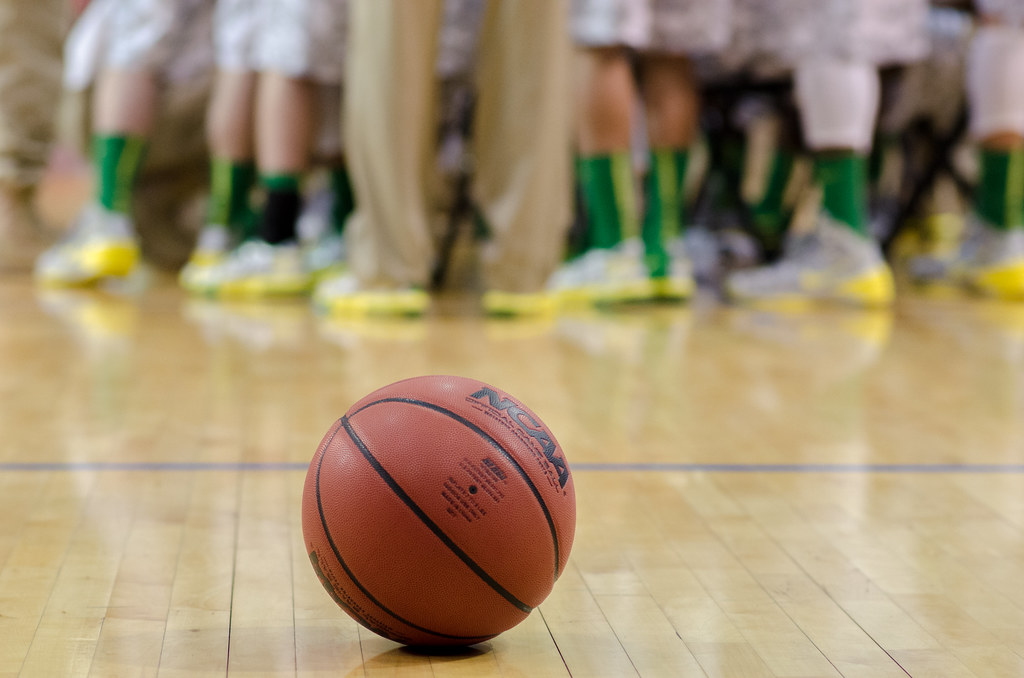
If a player gets ejected because of exceeding the number of personal or technical fouls, or if the individual incurred a flagrant foul, the opposing team will get free throws. However, the number of free shots depends on the type of foul incurred.
If the player receives a flagrant foul, the opposing team gets two free throws. Plus, the opposing team will receive the ball at half-court.
However, if the player fouls out from exceeding the maximum number of personal fouls, the opposing team will only get one free throw. But the opposing team will still receive the ball at half-court after this free throw attempt.
Also, a team will be awarded one free throw per technical foul incurred by an opposing player. But if that player gets ejected from the game because of multiple technical fouls, the opposing team will receive two free throws instead.
Final Words
Fouls can happen in basketball games. Personal and technical fouls can happen either intentionally or unintentionally. Players should understand the nature of these fouls to avoid them during the game. Otherwise, every participant, including trainers, coaches, and teammates, will suffer the consequences of these actions.


